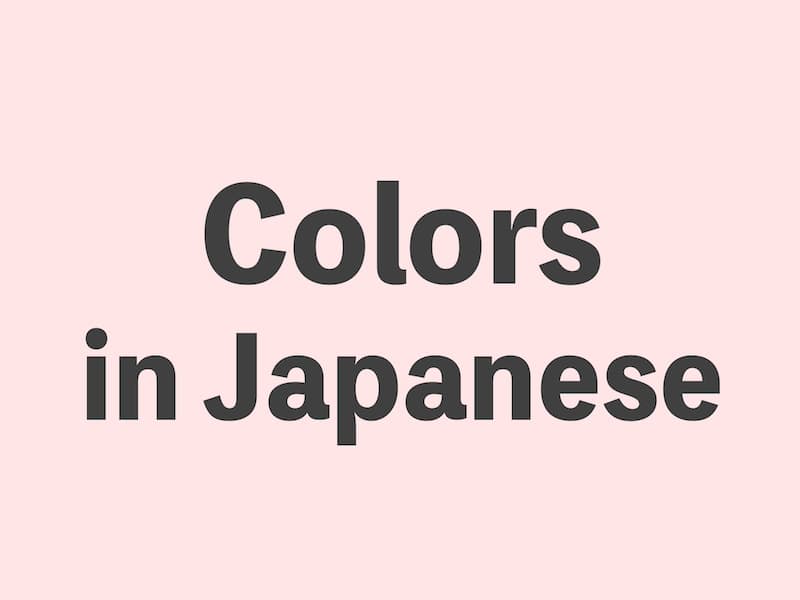Colors play a significant role in language and culture. In Japanese, colors hold diverse meanings and associations. Let’s delve into the fundamental color vocabulary in Japanese and broaden our understanding of this vibrant linguistic palette.
JLPT Textbook Recommendations
| い形容詞:I-adjectives | 名詞:Nouns | |
| Black | 黒い(くろい) | 黒(くろ) |
| White | 白い(しろい) | 白(しろ) |
| Red | 赤い(あかい) | 赤(あか) |
| Blue | 青い(あおい) | 青(あお) |
| Yellow | 黄色い(きいろい) | 黄色(きいろ) |
| Brown | 茶色い(ちゃいろい) | 茶色(ちゃいろ) |
| Green | 緑(みどり) | |
| Orange | オレンジ | |
| Purple | 紫(むらさき) | |
| Pink | ピンク | |
| Gray | グレー・灰色(はいいろ) | |
| Gold | ゴールド・金色(きんいろ) | |
| Silver | シルバー・銀色(ぎんいろ) |
In Japanese, when using colors as nouns, we often use “の” (no) to indicate possession. For example, “黒の車” (kuro no kuruma) means “black car” where “の” (no) is used to link the color “black” to the noun “car.”
On the other hand, when using colors as adjectives, we directly attach the color with the noun without using “の” (no). For instance, “黒い車” (kuroi kuruma) means “black car” where “黒い” (kuroi) directly modifies the noun “car” to express the color.




コメント